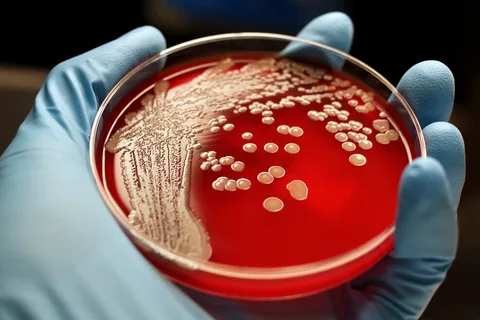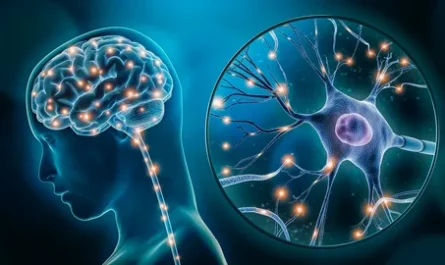Staphylococcus aureus (SA) is a common bacterial infection that resides in the noses of approximately 30% of people. While SA is usually harmless, it can also cause serious hospital-acquired and community-associated infections. The development of a vaccine for SA would be a significant breakthrough in public health. However, despite successful preclinical studies in mice, all vaccine candidates for SA have failed in clinical trials. Thankfully, researchers at the University of California San Diego School of Medicine have recently discovered the reason behind these failures.
In a new study published in Cell Reports Medicine, the researchers tested a new hypothesis. They proposed that SA bacteria are capable of tricking the immune system into releasing non-protective antibodies when they first colonize or infect humans. Consequently, when individuals are later vaccinated, these non-protective antibodies are preferentially recalled, rendering the vaccine ineffective.
SA has a unique relationship with humans. While it can lead to various health complications, including wound and bloodstream infections, it also exists as a normal part of the healthy human microbiome, coexisting peacefully in the nose and on the skin.
According to senior author George Liu MD, Ph.D., SA has learned to be a part-time symbiont and part-time deadly pathogen due to its long history with humans. Understanding and overcoming the strategies employed by SA to maintain its dual lifestyle is crucial in the development of effective vaccines.
The immune system releases protective antibodies in response to foreign molecules, known as antigens. These antibodies are stored in the immune system’s memory, allowing for a rapid immune response upon future encounters with the same antigen. However, the effectiveness of this system relies on the initial immune response being protective.
What sets SA apart is its ability to evade the immune system from the moment it encounters a host. These evasive strategies are further reinforced by vaccination, leading to the failure of SA vaccines in clinical trials, despite their success in preclinical studies of mice.
To investigate this discrepancy, the researchers collected blood serum samples from healthy volunteers. They quantified and purified the anti-SA antibodies present in the samples and transferred them to mice. The aim was to assess the antibodies’ protective ability against SA and their influence on the efficacy of clinically-tested SA vaccine candidates. The researchers discovered that the vaccines were ineffective in mice exposed to human anti-SA antibodies or previously exposed to SA. However, the vaccines did work in mice that had not encountered SA or human antibodies.
Interestingly, the researchers’ findings align with the outcomes of failed clinical trials, unlike previous mouse studies on SA vaccines. This suggests that their experimental model could be used to predict the clinical success of SA vaccines during preclinical studies in mice.
Furthermore, the researchers identified specific antibodies responsible for this effect. Antibodies targeting the cell walls of SA bacteria, which serve as the basis for most current SA vaccines, were unable to protect the mice against SA. On the other hand, antibodies that targeted the toxins produced by SA successfully neutralized them.
According to co-lead author Chih Ming Tsai, Ph.D., there is a hierarchy in the immune system’s response to different antigens presented by a pathogen. Most vaccines target the dominant antigens to trigger a stronger immune response. However, for SA, targeting subdominant antigens that initially elicited a weak immune response may be more beneficial.
Aside from exploring the possibility of targeting new antigens in future SA vaccines, the researchers are interested in understanding why the natural human immune response to SA is ineffective. By unraveling this mystery, they hope to improve existing SA vaccines and develop new ones. Additionally, the findings suggest a new approach to reevaluating failed vaccines, with implications that extend beyond SA.
The co-authors of the study include Desmond Trieu, Cesia Gonzalez, Irshad A. Hajam, Xin Du, and Brian Lin at UC San Diego.
*Note:
1. Source: Coherent Market Insights, Public sources, Desk research
2. We have leveraged AI tools to mine information and compile it




